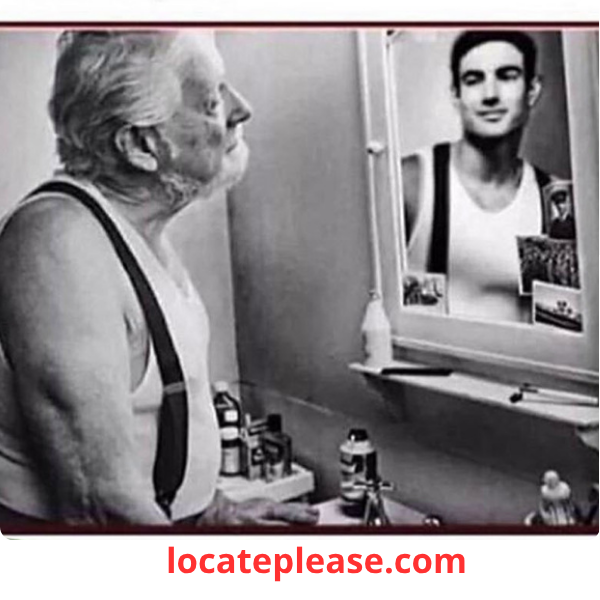Have you ever stood in front of the mirror, scrutinizing your reflection, picking apart every perceived flaw?
That blemish. That crooked smile. The way your hair falls just wrong today.
You frown. You turn. You sigh.
And you think:
“I look… fine. At best.”
But here’s something wild:
👉 Everyone else probably thinks you look great.
In fact, scientific studies suggest that people consistently rate you as about 20% more attractive than you rate yourself.
Yes — you read that right.
20% more attractive.
And if that doesn’t make you pause, consider this:
The mirror you’re judging yourself in? It might be lying to you.
Why You See Yourself Differently — The Science Behind the Self-Image Gap
We don’t see ourselves the way others do — and it’s not just insecurity. It’s psychology, neuroscience, and perception.
1. The Mirror Lies (Kind Of)
When you look in the mirror, you see a reversed image — a flipped version of your face. You’re so used to this version that when you see a photo of yourself (the real, non-mirrored version), it feels “off.”
This mismatch creates cognitive dissonance — making you more critical.
2. You’re Hyper-Aware of Your Flaws
You know every scar, every asymmetry, every bad hair day.
But others don’t.
They see the whole picture — the warmth in your eyes, the way you laugh, your energy — not just the details you obsess over.
3. The “Ugly Duckling” Effect
A 2018 study published in the Journal of Personality and Social Psychology found that people consistently underestimate their own attractiveness — especially after social interactions.
Even when strangers rated them highly, participants assumed they were judged poorly.
We’re wired to focus on flaws, not strengths.
4. The 20% Rule Is Real
Multiple studies have shown that external observers rate individuals as significantly more attractive than the individuals rate themselves — the gap hovering around 15–20%.
That means:
If you think you’re a 6 out of 10… the world sees you as an 8.
So Why Do We Hate Our Reflections?
Blame evolution.
Our brains are designed to spot threats and flaws — not celebrate beauty.
- We notice a pimple because it could signal illness.
- We fixate on asymmetry because it might mean injury.
- We replay awkward moments because our brain wants to “fix” social errors.
But this survival mechanism backfires in the age of selfies, filters, and social media, where we’re constantly comparing ourselves to curated perfection.
The Mirror Is Not the Truth — It’s Just One Angle
Here’s the thing:
You are not your reflection.
You are:
- The way you make someone laugh
- The kindness in your voice
- The confidence in your step
- The spark in your eyes when you talk about something you love
And that?
That’s what people see.
The mirror only shows static — a frozen moment.
But you’re dynamic — alive, expressive, full of motion and emotion.
So What Should You Do?
- Trust the 20% Rule
When you doubt your appearance, remember: others see you more kindly than you see yourself. - Stop Over-Checking
Staring in the mirror fuels self-criticism. Glance. Fix your collar. Walk away. - Ask Someone You Trust
Next time you’re feeling “meh,” ask a friend:“Do I look okay?”
Their answer will likely surprise you. - Look at Old Photos
Notice how, over time, you start thinking, “Wait… I looked good back then?”
That’s your brain finally catching up to reality. - Smile — It Changes Everything
A 2020 study found that smiling is the single biggest factor in perceived attractiveness — more than symmetry, hair, or makeup.
Final Thoughts: You’re Better Looking Than You Think
You don’t need filters.
You don’t need perfect lighting.
You don’t need to lose five pounds or change your hair.
You just need to stop believing the mirror’s lies.
Because the truth is:
👉 You’re more attractive than you think.
👉 People like what they see.
👉 You’re already enough.
So next time you catch your reflection and feel that familiar wave of doubt…
Take a breath.
Smile.
And say:
“Well, studies show people find me 20% more attractive than I find myself…
So I’m going with that.”
Because sometimes, confidence starts with trusting science — and letting go of the mirror.










